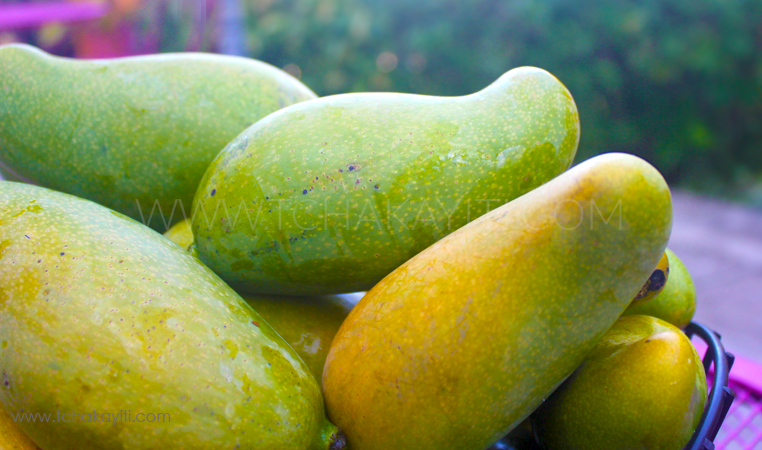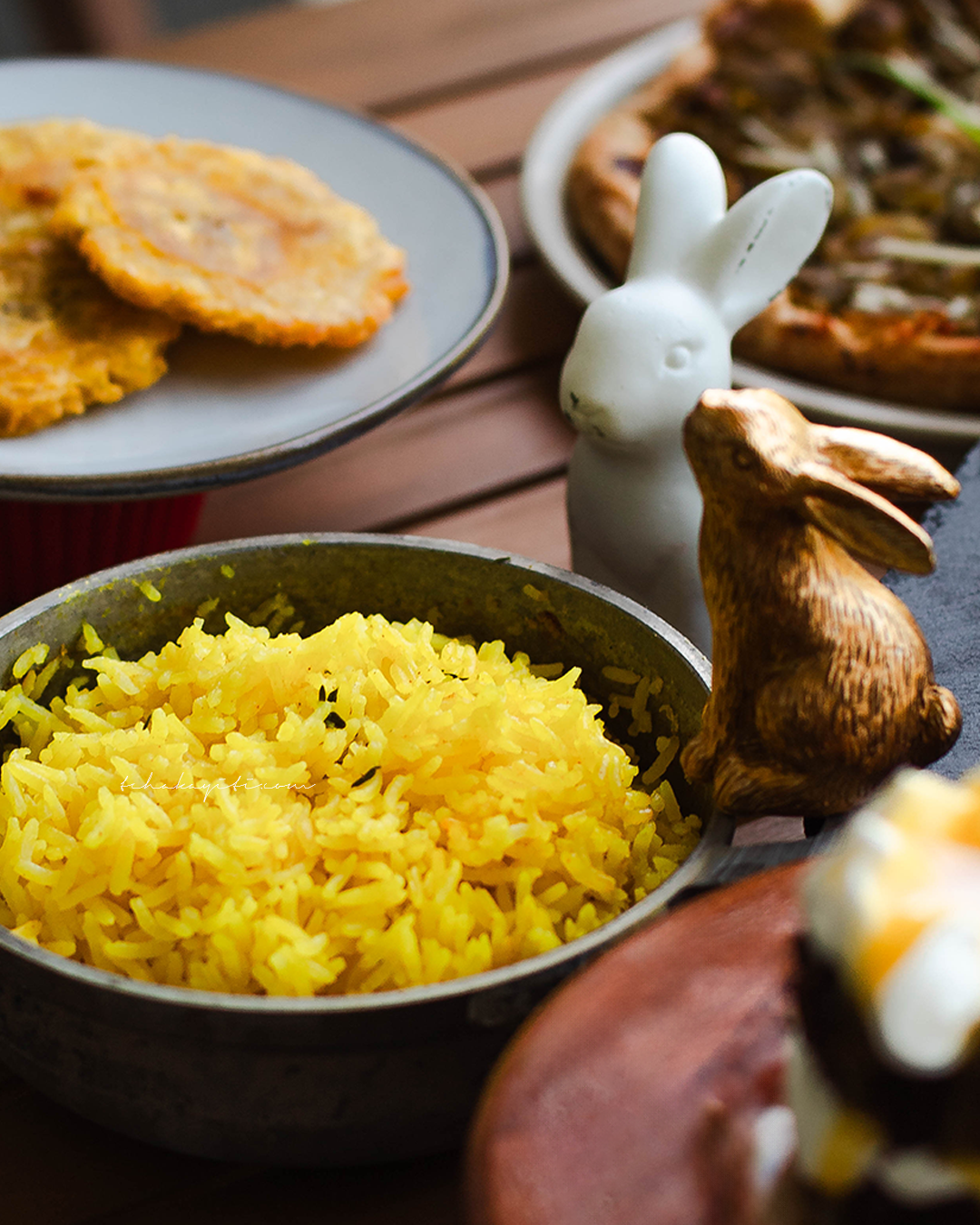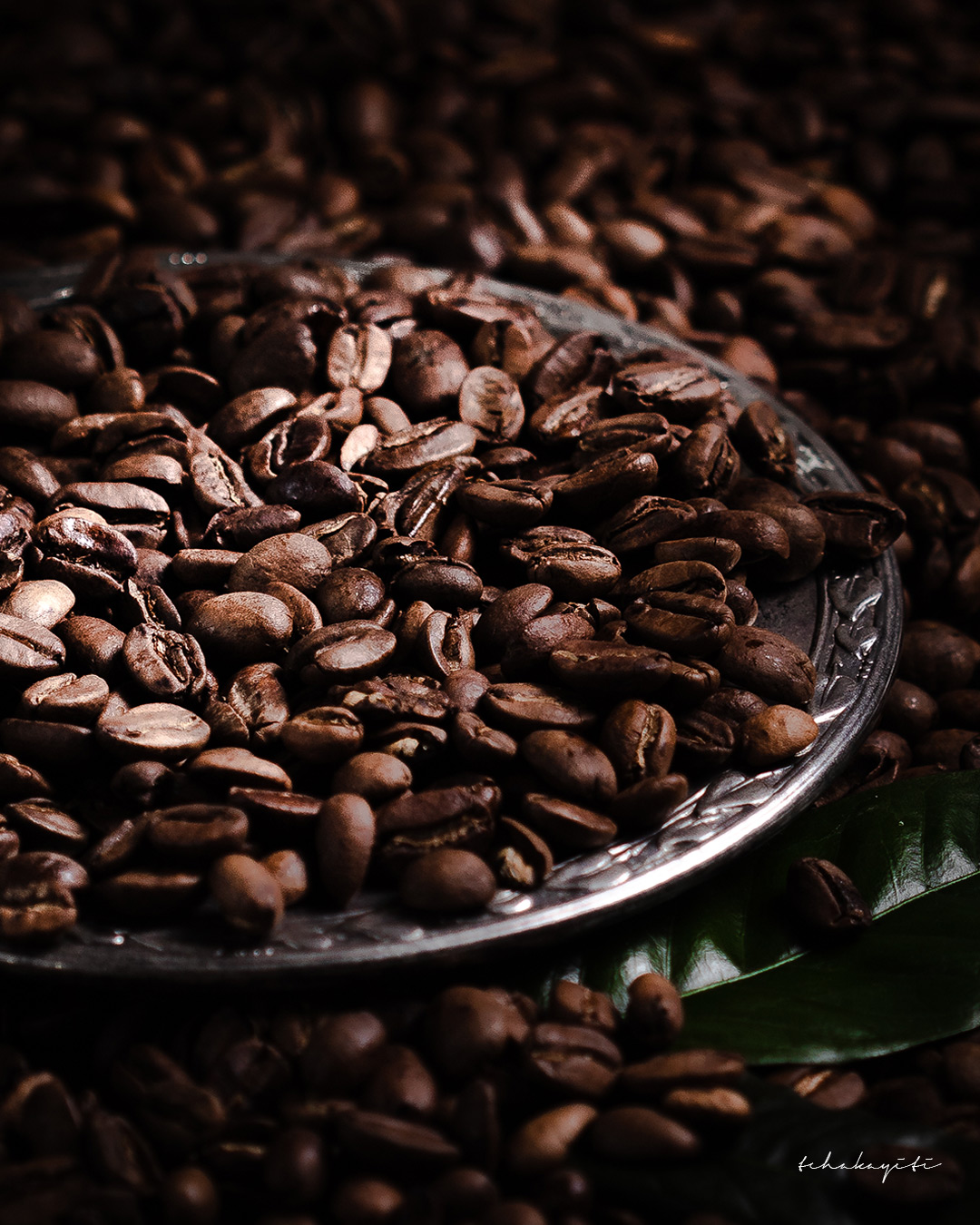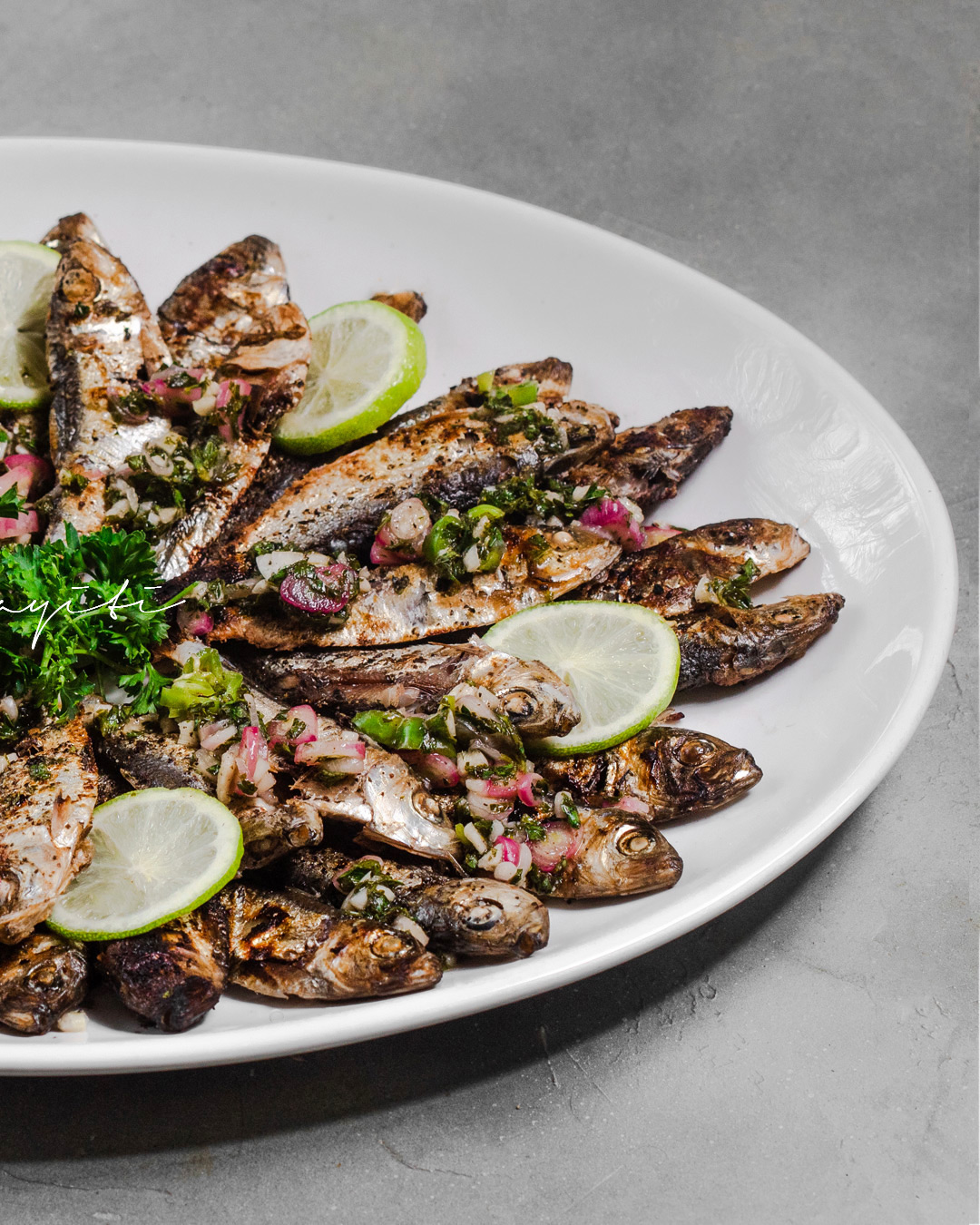Imagine being absorbed in your work when suddenly: po’w, po’w, po’w…an avalanche of mango kòn makes you jump out of your seat. You jump because you don’t yet know that these are merely mango bullets.
Your heart starts pounding; you don’t dare step outside even though you usually feel safe at the far corner of the property where you are located.
When you finally calm down and venture outside, you burst out laughing as you realize that you were the victim of a simple mango avalanche.
Yet, these mango kòn are simply not done assailing you. When about an hour later the same phenomenon occurs, you can’t help but be startled…
The above-depicted scenario is commonplace at my office. A large mango kòn tree has extended its branches on top of our sheet metal rooftop. During mango season there is no escaping the heavy fruits that fall from the tree once they are mature enough.
Simply put, we’re constantly under mango attack during the summer.
We have however decided to win that mango war. Our strategy? We eat as many mango kòn as possible, even the ones which peel cracks open once they hit the floor or any hard surface.
If you ever come visit us, don’t be surprised to see us jumping out of our seats and walking back in with a fresh mango that we eat on the spot while you still tremble with fear.
Was it not for our planned revenge, I perhaps would have never discovered the joy of eating freshly handpicked mango kòn.
As you may know by now, if you’ve read my endless mango article, I am usually reluctant to get my hands dirty. I thus prefer mango varieties that boast a firm flesh that can be eaten with a knife such as my favorite mango, mango baptiste. However, when it comes to my revenge against the mango kòn tree, I have no choice but to make an exception.
There’s no clean way to eat mango kòn as they are juicy and rich in fibers. These mangoes are so fibrous that many people would rather press the fruit to soften its flesh before making a small incision into the peel so as to suck on the fruit’s juice. This clean way of eating fibrous mangoes is called mango tòtòt in Haiti.
You’d think I’d go for mango tòtòt, right? Wrong!
I am convinced that some insects love eating mango kòn as much as I do. I thus refrain from transforming them into mango tòtòt. I’d rather remove the fruit’s skin with my teeth and look at the flesh before biting into it even if that means getting mango juice all over my hands and arms.
Revenge is that sweet!
All this talk about mango is suddenly making me crave some mango ice cream. I should probably find me a basket of mango baptiste or mango fransik – another variety many of you may already know as they are exported and sold in foreign markets – to prepare some ice cream.
With that said, expect to find a mango ice cream recipe soon on here.
In the meantime, let me go grab that mango kòn that just fell from the tree 🙂
Addendum: I finally made that mango ice cream. You will find it on this link. Enjoy.







